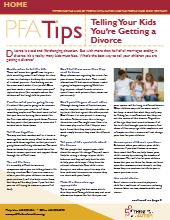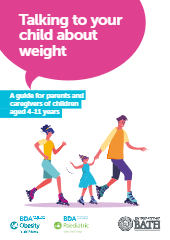RELATED RESOURCES
I W.I.S.H. It Wasn’t My Fault! worksheet
The worksheet helps children with divorced or separated parents understand that they are not responsible for the breakup. Through reflective exercises, it encourages children to recognise that divorce is an adult decision, often beyond a child’s control. Using the W.I.S.H. method, children list any feelings of guilt, reframe these thoughts, and are encouraged to support peers who may feel similarly. This tool is ideal for helping children process complex emotions, reinforcing that they are not to blame, and guiding them towards emotional healing.

Telling Your Kids You’re Getting a Divorce guide
The guide by Pathfinders for Autism offers parents practical advice on approaching this sensitive conversation with children, especially those with special needs. It emphasises choosing an appropriate time, staying calm, and explaining the situation in simple, age-appropriate language. Parents are encouraged to focus on reassurance, avoid blaming, maintain routines, and answer questions honestly. The guide also suggests using social stories and other supportive resources to help children process the changes, reinforcing that parental love remains unchanged despite the divorce.

What Should We Tell the Children? A Parents’ Guide for Talking about Separation and Divorce
This is a comprehensive guide created by the American Academy of Matrimonial Lawyers to support parents in discussing separation with their children. It offers structured guidance on when and how to approach this sensitive conversation, focusing on age-appropriate communication, emotional reassurance, and maintaining stability. Key sections cover the importance of honesty, tips for managing strong emotions, and addressing common questions children may have. This resource aims to help parents reduce children’s anxiety by providing clear information and fostering an ongoing, supportive dialogue during a difficult transition.

 The Riding the Wave of Divorce Workbook – Processing for Kids is designed to help children understand and cope with the emotional impact of their parents’ divorce or separation. This workbook offers a structured approach to processing feelings, learning coping skills, and adjusting to changes in family dynamics.
The Riding the Wave of Divorce Workbook – Processing for Kids is designed to help children understand and cope with the emotional impact of their parents’ divorce or separation. This workbook offers a structured approach to processing feelings, learning coping skills, and adjusting to changes in family dynamics.







